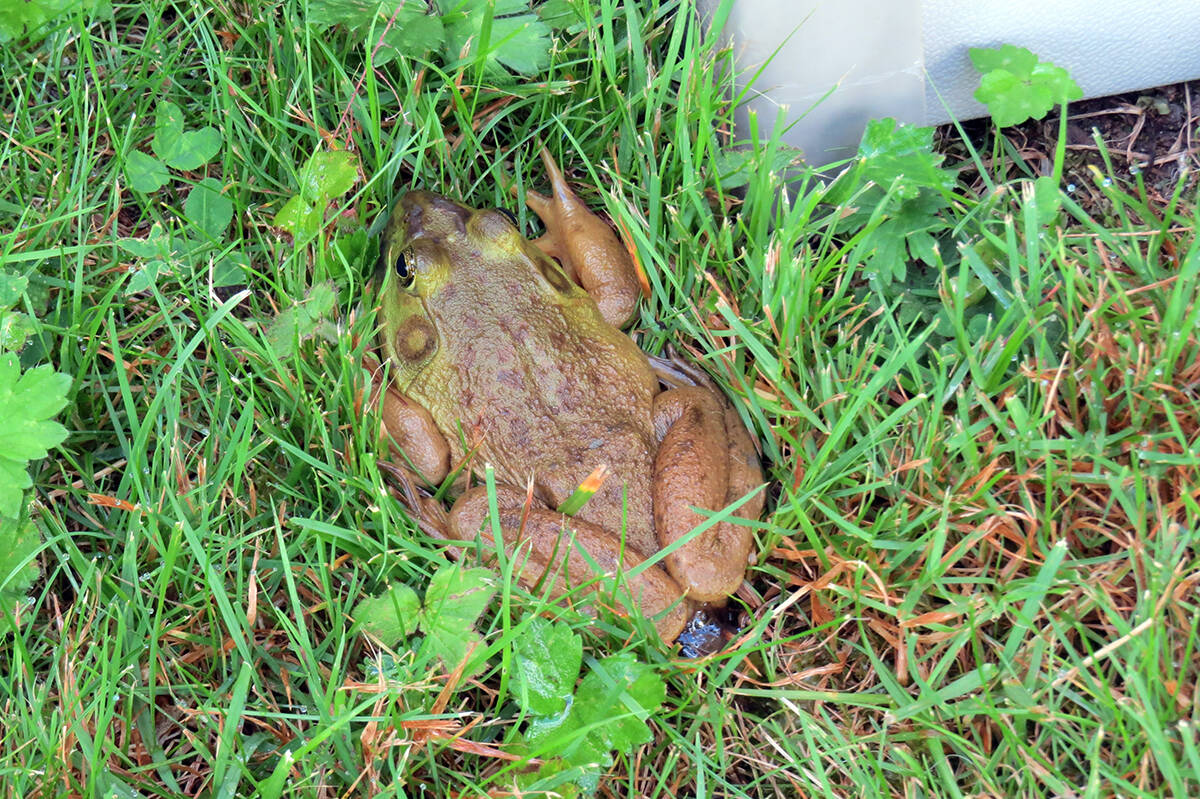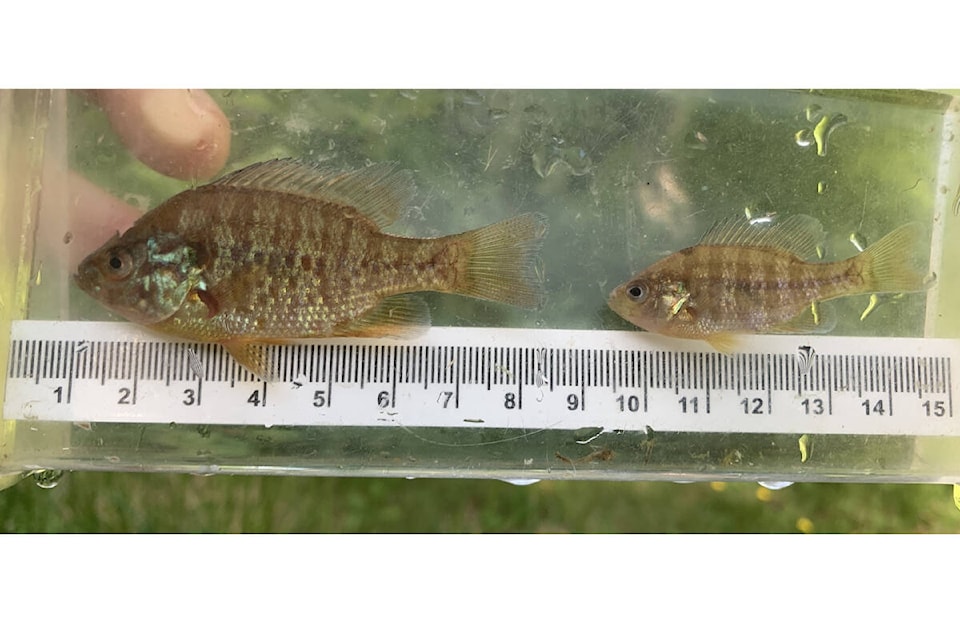Volunteers with the Tsolum River Restoration Society have made a disturbing discovery: an invasive and aggressive fish species in the local watershed.
“During our routine fish monitoring in June, more than 90 non-native pumpkinseed fish (Lepomis gibbosus) were captured in Wildwood Marsh off of Burns Road, which is connected to the Tsolum via Smit Creek,” said TRRS program co-ordinator, Caroline Heim, in a press release. “These fish are native to eastern North America but usually spread because humans release them. These fish are prolific breeders that have the potential to spread throughout the Tsolum competing for food and habitat with our wild species. They are carnivorous and can eat other fish, amphibian eggs, aquatic insects, mussels, and tadpoles.”
The concern is that, with trends toward warming waters, the pumpkinseed fish will flourish in the local watershed.
The society is seeking help from the community to contain the species before it takes over.
“We are looking for help from residents in the Wildwood Marsh and Burns Road area to help remove these fish from the wetland,” said Heim. “If you live in the area and would like to help, or if you see these fish anywhere in the watershed, contact us at tsolumriver@shaw.ca.”
While it has yet to be determined how the pumpkinseed fish landed in the Tsolum watershed, Heim offered a possibility.
“One possible source of these fish might be residential ponds or aquariums,” she said. “If you have a pond on Smit Creek we would be very interested to find out if there are pumpkinseeds in it. Contact us and we can help with some fish trapping which will help us to attempt to control the spread of this fish.”
Heim offered one piece of advice to help reduce the occurrence of invasive species in the local watershed.
“Please do not release store-purchased fish into ponds, wetlands, ditches or creeks.”
Bullfrogs also a problem
Another invasive species that can be seen - and heard - throughout the Comox Valley is the American bullfrog.
TRRS members have been attempting to control bullfrogs in Mulligans, Sunnydale and Sandwick areas for the past couple of years.
Bullfrogs can lay up to 10,000 eggs and have spread throughout ponds in the Tsolum watershed where they out-compete other species, and eat other amphibians, small ducks and anything else they can fit into their large mouths.
Stewie McIntosh has been designing and building traps that target bullfrog tadpoles, as well as refining a combination of other methods to capture breeding adults. In the last year, over 5,800 bullfrog tadpoles or adults have been removed by McIntosh and his crew of volunteers, and donated to MARS (Mountainaire Avian Rescue Society) as food for their recovering animals. For more information about removal methods and/or to get involved, contact us at tsolumriver@shaw.ca.

